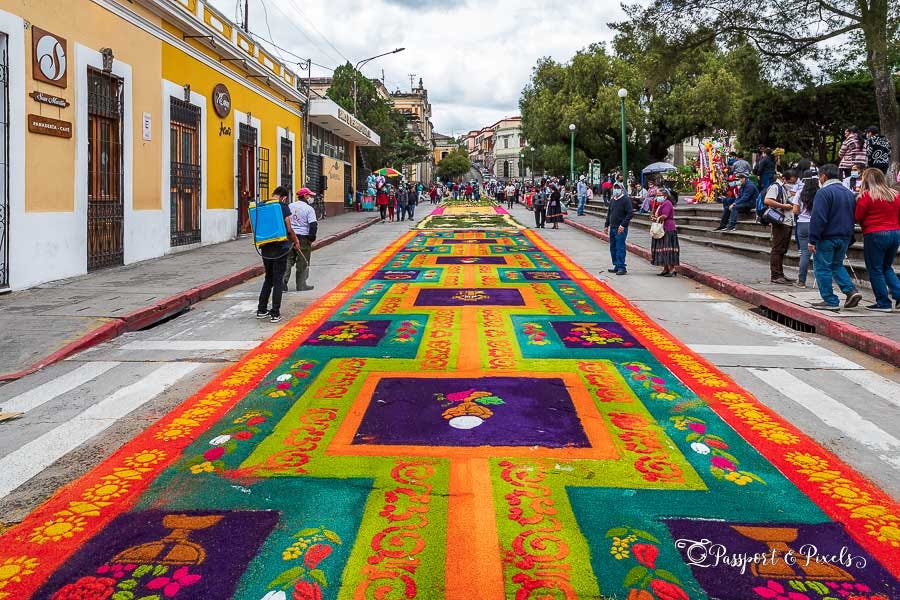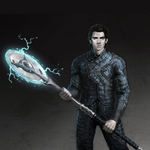This is a mirror of my substack containing my older posts and a backup of new ones. You can find the original of this post here.
This post is what you get when one reads a post on the nature of orthodox art vs catholic/mormon/atheist art, and furthermore looks into a discussion on what is the fundamental core, the essence of tabletop role-playing games, then ponders on procedurally generated images, which I’m sure we’ll be stuck with colloquially calling it “art”, and what truly differentiates art from procedurally generated images?
The essence of the thing….
One of the things I dearly love in Macris’ Arbiter of Worlds posts is how he manages to tie deep philosophy into game design and tabletop role-playing games. In a recent post, he asks, what is the essence of an RPG, and helpfully lays out what is he means by the essence: an intrinsic and necessary attribute that defines what it inherently is.
It is the “why” everything is the way it is - not every intrinsic attribute is the essence of the thing. Dogs have four legs, but if one wants to discuss dogs versus cats, one cannot say that the essence of “dog” is having four legs. It is the difference between “have” and “are”.
The Essence of Art...
...is choice. More to the point, intent.
A dropped handful of sawdust may pile up in a way that it looks like a landscape, or a dog, or a car - but in the end, it’s just random chance. A potato may be unearthed that looks like the face of Elvis - but it grew that way.

No-one is going to mistake the processional Easter carpets in Antigua, or even the lines at Nazca, as anything but the work of intent. Thanks to entropy, the odds of someone throwing buckets of colored sawdust, shavings, and flower petals up into the air and ending up with anything like the carpet above are effectively zero. It is the result of choices and intent - and as A Hellene pointed out, these choices fundamentally reflect who we are and what we believe about god, the nature of the universe, people, everything.
What can “AI” machine learning and expert systems recognize?
Patterns. Of course, Garbage In, Garbage Out applies. Feed it a bunch of skeletons, and it can separate them out into “male” and “female” to a very high degree of accuracy. Ditto, to a high degree of accuracy, their likely demographic makeup. Feed them nonsense definitions or conflicting pattern information, and they won’t be able to parse anything. Put your thumb on the algorithmic scales, or ban certain answers, and you also eliminate the value of any answers you get.
In short, they can recognize what they’ve been taught to recognize, and can do so so accurately from source material as to draw “conclusions” that make people who deny objective reality or want to discredit physiognomy uncomfortable at best.
It occurs to me that for all of his faults as a writer, the setup for HAL9000 in 2001 going insane because he was forced to fudge data is looking more and more relevant.
What can computers create?
Nothing. Because without sentience, the computers themselves cannot choose. To the extent that there is randomness or weighted options, the intent comes from the programmer, or the people providing the database. The prompt is provided by person who decides that he wants a cat in a spacesuit riding a unicorn.
After an image is generated, the person who provided the prompt picks the result he likes, and may process or edit it. That part, incidentally, may be called art.
The intent comes before the program is used, by the choice of procedures and functions and algorithms, and from outside of the program by the prompter and chooser of results.
What about the prompter?
So is someone making prompts and choosing a final result “art?”
No more than a patron asking for a portrait of himself riding a horse. Or someone who wants credit for an app or program or website that someone else did all the programming work, because they “had the idea.”
They didn’t execute the, for lack of a better word, “craft” - the control of the tools that brought what was imagined to physical reality as lines on a page, pigment on canvas, and so forth. A programmer set up algorithms that interpret the input, scan a database, assemble basic components from that which has gone before, and applied filters to apply stylistic touches. And yes, I’m well aware of the shortcuts fill tools can now provide.
If anyone is the artist, to any degree, the programmer is.
Even for Apple’s product line of the Jobs era, yes, Jobs drove a lot of the design decisions, providing the prompt, evaluating the options, choosing again, and iterating until the result was what he envisioned - yet we speak of Jony Ive as the designer.
Conclusion
The patron is not the artist, no mater how visionary - for he does not execute the craft. The craft itself, the creation, requires intent and more specifically, conscious choice - or it’s just an automated process. What these rendering engines produce may look like art, but it has no soul in it.
